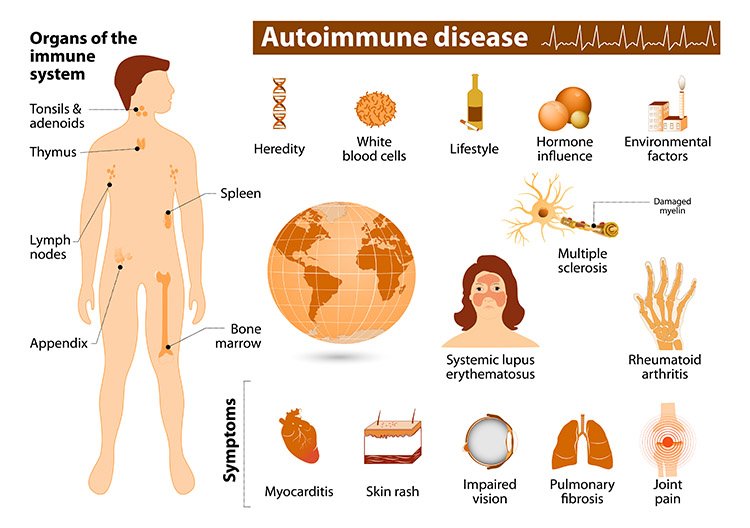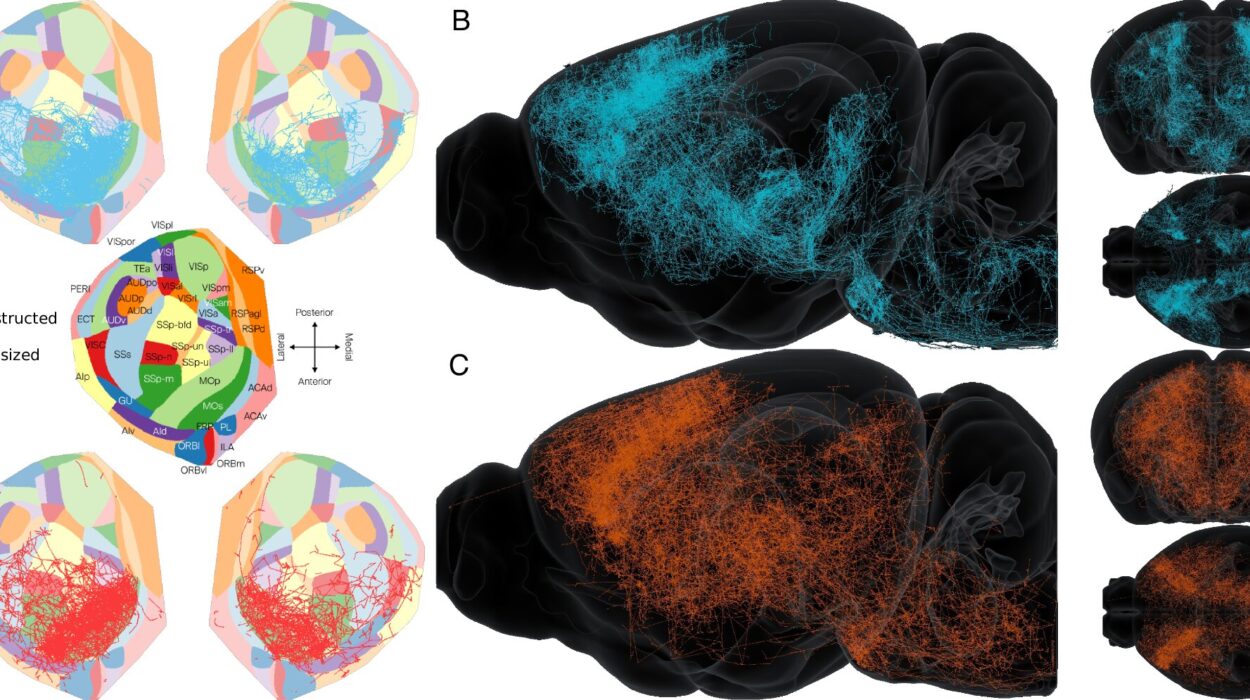For decades, amyotrophic lateral sclerosis—ALS, also known as Lou Gehrig’s disease—has been understood as a disorder that stealthily attacks motor neurons, robbing the body of movement, speech, and eventually, life itself. But a growing body of research is now revealing a subtler, darker prelude to this neurodegenerative storm: the quiet intrusion of psychiatric symptoms long before muscle weakness sets in.
In a sweeping new nationwide study out of Sweden, researchers have uncovered a potentially profound connection between the early use of common psychiatric medications and both the risk and progression of ALS. The study, led by scientists at the prestigious Karolinska Institutet and published in JAMA Network Open, found that individuals prescribed antidepressants, anxiolytics, or sedatives prior to an ALS diagnosis were not only more likely to develop the disease, but also experienced more rapid deterioration and shorter survival after diagnosis.
“This is one of the most comprehensive studies to date linking psychiatric medication use to ALS,” said the study’s lead researchers. “It suggests we may be seeing the psychiatric shadow of ALS long before the motor symptoms appear.”
A Closer Look at ALS’s Psychiatric Prelude
ALS is a fatal neurodegenerative condition marked by the relentless destruction of motor neurons—the nerve cells responsible for controlling voluntary movement. But before patients lose the ability to walk, speak, or swallow, many report a different kind of suffering: depression, anxiety, insomnia, or other psychiatric disturbances.
While prior studies have hinted at a connection between psychiatric disorders and ALS, the new Swedish investigation is among the first to directly explore whether the medications used to treat these conditions may be an early flag—or even a risk factor—for ALS itself.
Using a trove of Swedish national health and population data, researchers examined 1,057 ALS cases diagnosed between 2015 and 2023. Each case was matched with five ALS-free controls from the general population. To dig even deeper, they also analyzed health records from over 1,400 full siblings and nearly 900 spouses of ALS patients.
Increased Risk Before Diagnosis
The findings were striking. Individuals prescribed anxiolytics—commonly used to treat anxiety and panic disorders—had a 34% higher chance of developing ALS. Those taking hypnotics and sedatives (often prescribed for sleep problems or agitation) had a 21% increased risk, while those on antidepressants showed a 26% rise in the odds of future ALS diagnosis.
These figures held true even after adjusting for factors like age, sex, and familial history.
The results suggest that psychiatric disturbances treated with these medications may not just be coexisting conditions, but possible early signs of ALS. “We’re seeing patterns of psychiatric drug use in the years before ALS is clinically diagnosed,” said the authors. “That could mean these medications are being prescribed in response to symptoms that are actually part of the disease process.”
Faster Decline, Shorter Survival
Even more sobering were the outcomes for patients already diagnosed with ALS. Those with a history of psychiatric medication use fared significantly worse.
Patients who had previously used anxiolytics faced a 52% higher hazard of death or requiring invasive ventilation—a grim milestone in the disease’s progression. Prior antidepressant use carried an even steeper price: a 72% higher hazard. Sedatives and hypnotics were linked to a 23% increase, though that result narrowly missed statistical significance.
The decline wasn’t just faster—it was more profound. Using the ALS Functional Rating Scale-Revised (ALSFRS-R), which tracks patients’ ability to speak, move, and perform daily tasks, researchers found that functional deterioration occurred more rapidly in those with a history of antidepressant use.
What’s Driving the Link?
The authors are cautious not to assign blame to the medications themselves. Instead, they suggest the underlying psychiatric conditions—or the biological factors that drive them—might be intricately connected to ALS pathophysiology.
“There’s a real possibility that the psychiatric symptoms treated by these drugs are not just coexisting conditions,” said the study team. “They could represent early, non-motor symptoms of ALS or share biological roots with the disease.”
Among the possible biological culprits: dysregulation of the HPA axis (which governs stress responses), glial cell activation, and chronic neuroinflammation—all of which have been implicated in both psychiatric disorders and ALS. More research is needed to determine whether these mechanisms might serve as common threads.
A Call for Rethinking ALS’s Timeline
This research forces a major reconsideration of ALS’s clinical timeline. Traditionally, the disease is marked by the onset of muscle weakness. But if psychiatric symptoms—like depression or anxiety—emerge years earlier, it could open new windows for earlier detection, monitoring, and potentially intervention.
“This doesn’t mean we should stop prescribing these medications,” said the study authors. “But it does mean we should be asking deeper questions when we see new-onset psychiatric symptoms, especially in middle-aged and older adults.”
Could a patient’s new antidepressant prescription also be an early flag for a neurodegenerative process already underway? Should neurologists and psychiatrists work more closely together when assessing psychiatric patients with otherwise unexplained symptoms? These are the kinds of paradigm-shifting questions that studies like this bring to the surface.
Caution, Not Panic
While the associations uncovered in this study are robust, the researchers emphasize that they don’t prove causation. The medications are associated with ALS risk and progression, but may not be driving it directly.
Still, the pattern is compelling enough to warrant further investigation. The sheer size and scope of the Swedish study—combined with its inclusion of sibling and spousal comparisons—makes it one of the most rigorously controlled analyses to date.
It also points toward a possible future in which psychiatric symptoms aren’t just mental health red flags, but early warnings of neurological disorders still taking shape beneath the surface.
A New Frontier in ALS Research
For patients, families, and clinicians facing the brutal reality of ALS, this research opens a new—and unexpected—frontier. It suggests that by looking back at psychiatric histories, we may one day be able to look forward more clearly, catching the disease earlier, slowing its progression, or even intervening before motor symptoms appear.
In the meantime, this study adds another layer to the deeply complex narrative of ALS, reminding us that neurodegeneration may whisper before it roars—and that sometimes, the mind’s earliest cries for help are echoes of the body’s coming struggle.
Reference: Charilaos Chourpiliadis et al, Use of Common Psychiatric Medications and Risk and Prognosis of Amyotrophic Lateral Sclerosis, JAMA Network Open (2025). DOI: 10.1001/jamanetworkopen.2025.14437






